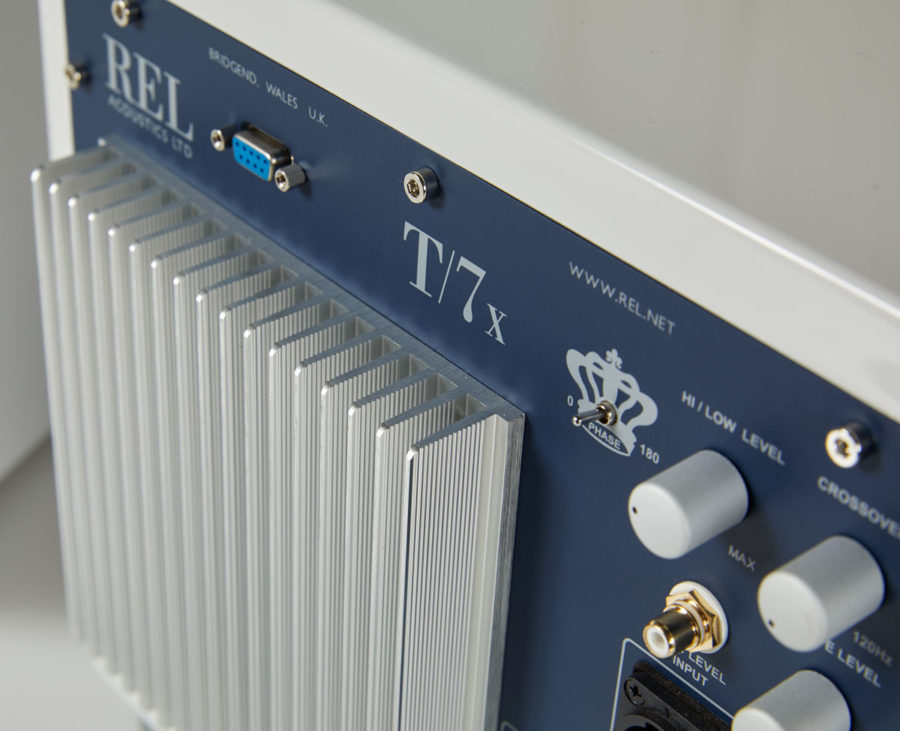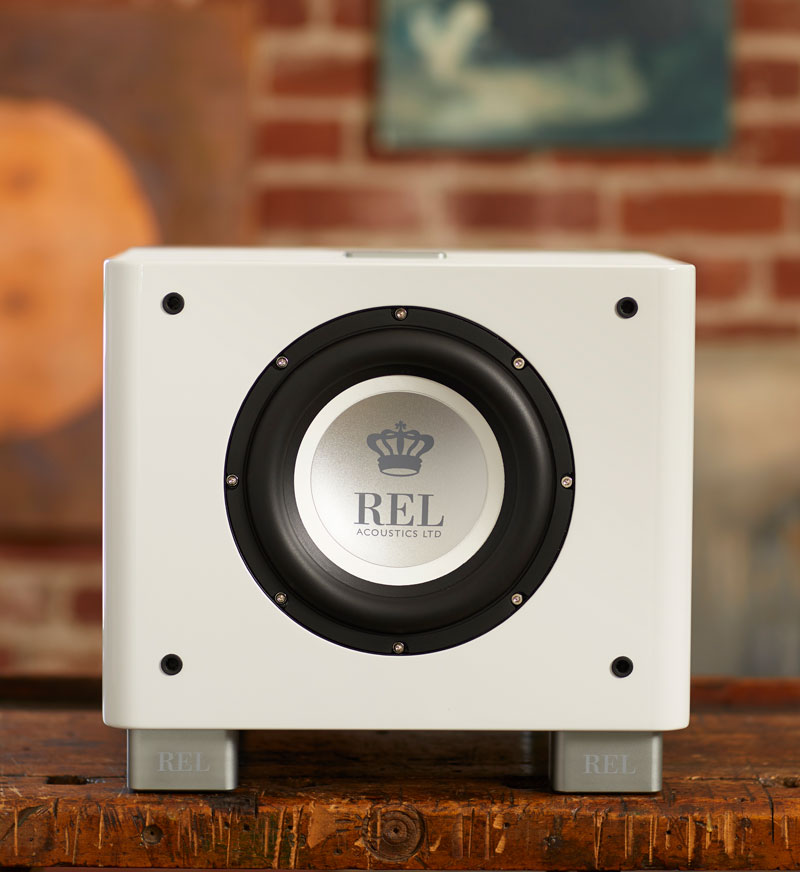Blog
DSP Versus Analog Filters
Why Taking the Easy Way Rarely Works

We talk about the speed of bass reproduction a lot at REL. I recently had an epiphany of sorts after speaking with a YouTube reviewer. It dawned on me during our conversation that most folks have never experienced speed and so there’s little understanding of what speed sounds like; and how speed benefits the listener. So, I thought it worthwhile to dive deep into speed.
One of our core pillars to achieving fast, natural bass relies upon using fast, analog filter circuits whereas many competitors rely on DSP (digital signal processing), combined with digital room correction circuits. In our lengthy experience working with both of these all-digital approaches in the field, they leave a lot to be desired. They promise—and even deliver in some cases—nearly flat bass response. But note that I did not say, near perfect bass response. This is far more than a matter of semantics.
DSP has been around since the 1970’s, so why some subwoofer manufacturers attempt to market this technique as a kind of sinecure of modern digital science demands explanation from others. DSP is basically nothing more than a small, dedicated computer located on the surface of various competitors’ amplifier boards. Audio passing through the subwoofer’s amplifier is imported into that computer and work is performed by what amounts to an Excel spreadsheet wherein the other guy’s engineering team decides what they wish to affect in performance. There are two problems with this approach:
- For work to be performed requires time. The more work required (the complexity of commands being executed) the longer it takes. DSP.com estimates that the amount of delay the DSP alone contributes to audio delay ranges between 5 and 30 milliseconds. For the multiple tasks most DSP-affected subwoofers require, a kind estimate would lie in the 12-15 ms range, likely longer and maybe the full 30 ms listed. We spent a lot of time testing various filters during development of our Reference filters and determined that 8 ms is where “fast” begins, meaning that anything that can crossover and filter high frequencies out of a REL that takes 8 ms (our “standard” filter speed) or less. Hence our Reference filters require just 4 ms and yes, you CAN hear the difference instantly and easily if you were to compare them directly.
- DSP is so easy to use, it encourages engineers to play with more variables. Let’s say Brand S decides they want to have perfectly flat bass out of a tiny box. Hey, if squeezing clean 26 Hz deep bass out of a 10” cube that normally would support, say, 38 Hz bass isn’t impressive enough for the type of engineers who chase numbers without regard to the way music is reproduced, why not produce flat bass response to 25 Hz? Why stop there? 24 or even 23 Hz can be realized with DSP. And if you listen to such a device, you might be shocked (as two smart, young YouTubers recently were) to learn that this tiny thing with all this power making all these breathless claims actually—apparently by a LOT—doesn’t play the big bombastic theatre scenes anywhere nearly as loud, nor go anywhere near as low as one of REL’s recent introductions.

Why? Ask the other guys why they didn’t deliver on their promises. My guess is they lost track of the fact that 800 watts is only twice as loud as 80 watts since power is logarithmic. And while that ilk of engineers likes to puff out their chests about how much power they deliver, the reality is that if they made their box a little bigger and maybe used just one active driver, they might have executed their goals. But then, they were seduced by DSP.
Knowing that it is experience and good judgement that produces products that leave the most long lasting, positive impressions on people, we used a fast analog filter—not a digit was killed, destroyed or manipulated in the making of our lovely T/7x. This filter keeps the signal path from Speakon input to main power amplifier down to just 2.5” (or 60mm), which is yet another of those items overlooked by the DSP uber alles types. Short signal paths are critical to making good, crisp fast bass that can track the subtle, echoing degradation of sound as the last notes of a pipe organ shudder and die off into the mass of stone and wood in Chartres Cathedral.
Returning to a promise I made at the top of this piece, speed itself is not always understood when it is heard. But you cannot reach to turn off a slow subwoofer quickly enough. We need our subs to be faster than the main speakers, because, simply put, if they’re not then they are holding up the parade.

Speed reveals delicate textures, produces the contrast so necessary to closing the gap between live and recorded experiences. Speed is the instantaneous WHOOOMP-CLANG of an 88mm round crashing into the turret of a Sherman tank in Fury. Afterward, you can almost smell the unburned propellant. Speed makes you wince, speed makes you first nervous, then terrified in an action movie. And speed in the ultra-low bass regions is what conveys space and realism in musical passages, takes you inside the studio, lets you sense the communication between musicians not just the notes. It allows harmonic structure throughout the upper midrange and low treble to shine and glisten, just as it does in live music instead of rendering these as a metallic snarl that gets worse as volume levels rise. In short, speed permits music and film to take flight.
Perhaps we should add one of those disclosures required at the end of feature films “Not a single digit was used, nor were any processed in the making of this sub-bass experience.” While high quality analog filters may not allow cookbook engineers to adjust and tinker with as many variables, it does enforce a sort of higher truth, in which attention to detail and scrupulous adherence to the laws of physics produce natural sounding subwoofers that operate in cadence and perform brilliantly in the service of music and movies.










